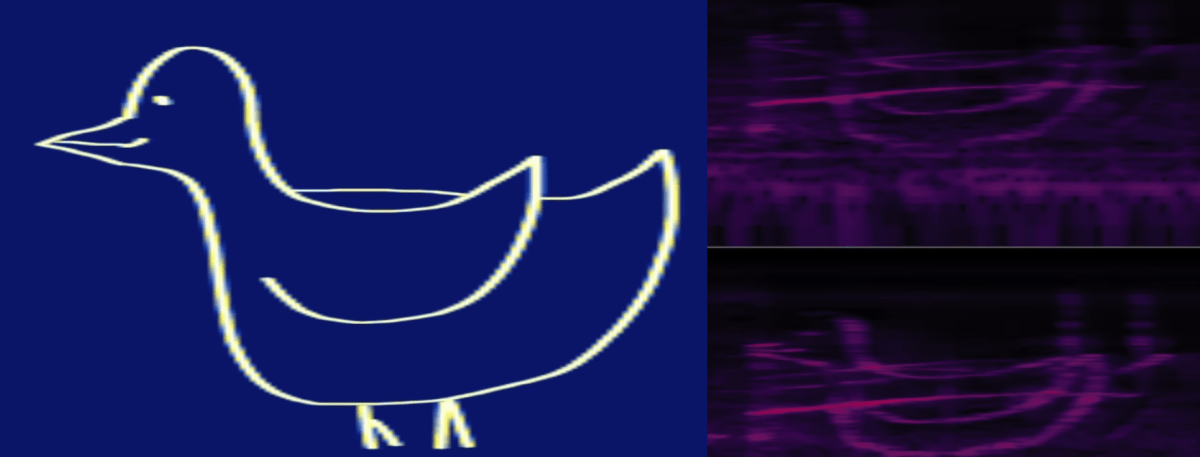https://www.popsci.com/environment/sea-star-urchins-kelp/
While they have no backbone, sunflower sea stars (Pycnopodia helianthoides) mean business–especailly when faced with spiny sea urchins. These 24-armed, roughly 3-feet-wide sea stars can move 40 inches per minute when on the prowl for crabs, snails, sea urchins, and other ocean creatures to eat.
Sea urchins appear to sense the sea star’s presence–desipte not having a brain–and avoid these predators, according to a study recently published in the journal Proceedings of the Royal Society B. Since multiple species of sea urchins can wreak havoc on ecologically important kelp forests, understanding how natural predator-prey relationships like this one between urchins and sea stars could be used to protect kelp.
Why kelp rocks
Kelp forests are critical to the ocean–and planet’s–health. They live along most of North America’s western coast. These large, brown algae grow in cool, relatively shallow coastal waters. Kelp forests contribute roughly $500 billion to the global economy every year, as kelp is a key ingredient in everything from salad dressings to certain vitamins.
Similar to forests on land, they grow in dense groups that provide food and shelter to numerous animal species, including fish (abalone, rockfish, and kelp bass), invertebrates (sea stars, urchins, and bristle worms), and marine mammal species (sea lions and otters). Many of these organisms can use the thick blades to shelter their young from predators or even storms.
About 10 years ago, sunflower sea stars went locally extinct in large parts of California and Oregon due an outbreak of wasting disease in 2013. The region’s kelp forests were lost right along with the sea stars. In the years since, neither the sea stars or kelp have fully recovered and the urchins that eat the kelp have pressed on.
Natural kelp forest guardians
Previous research has found that increased sea otter populations have helped curb urchin populations around kelp forests. A group of ecologists and undergraduates at the University of California, Santa Cruz were curious to learn more about how sunflower sea stars could deter the urchins from eating kelp. To find out, they placed pairs of cages on the sea floor a few miles east of Sitka, Alaska, where resident urchins have turned once-thriving kelp beds into more barren zones. Both cages were made of plastic pipe and covered with fine mesh and kelp blades were tied to all of the cages as bait. A sunflower sea star was placed in one cage, while the other was sea star free. The two pairs of cages were about 60 to 100 feet apart.

After one day, they observed that red urchins (Mesocentrotus franciscanus) remained an average of about six feet away from the kelp tethered to the cages with sea stars inside. However, the green urchins (Strongylocentrotus droebachiensis) were not so easily deterred. Even with the mixed results, they study found that the sea stars clearly deterred one type of urchin. According to the team, an increase in the presence of sunflower sea stars, either natural or artificial, may help kelp forests by deterring urchins, without requiring divers manually remove urchins.
“We show that the sea stars create a ‘landscape of fear’ among red sea urchins in degraded urchins barrens that reduces grazing on kelp,” study co-author and ecologist Kristy Kroeker, said in a statement. “These are very hungry urchins that are dissuaded enough by the scent of a sea star to deter grazing on kelp forests, which is promising for thinking about their role in kelp-forest recovery.”
[ Related: What’s killing sea stars? ]
Prowling for purple predators?
Additional research is needed to test whether the presence of the sea stars would have a similar effect on the most destructive kelp eater in the region–the purple sea urchin (Strongylocentrotus purpuratus). While a natural part of the ecosystem, if the population of purple sea urchins gets too high, the urchins can eat the kelp faster than they can reproduce.
“My educated guess is that they will deter purple urchin grazing as well, but it’s a question of how much and for how long,” Kroeker said. “There are many unknowns that need to be addressed and many steps that need to be taken between our results and the reintroduction of Pycnopodia for kelp-forest recovery.”
The study also highlights how undergraduate students can be a real asset in scientific research at universities.
“I feel very grateful to have had the privilege of working on this study alongside my peers. Participating in the entire process, from diving to scientific writing, was exciting and impactful as an undergraduate student,” added study co-author Rae Mancuso. “I hope the findings from this field experiment contribute in some way to the restoration of our all-important kelp forests.”
The post Meet the 24-armed sea star, a kelp forest’s bodyguard appeared first on Popular Science.
via Popular Science – New Technology, Science News, The Future Now https://www.popsci.com
July 30, 2025 at 09:31AM


